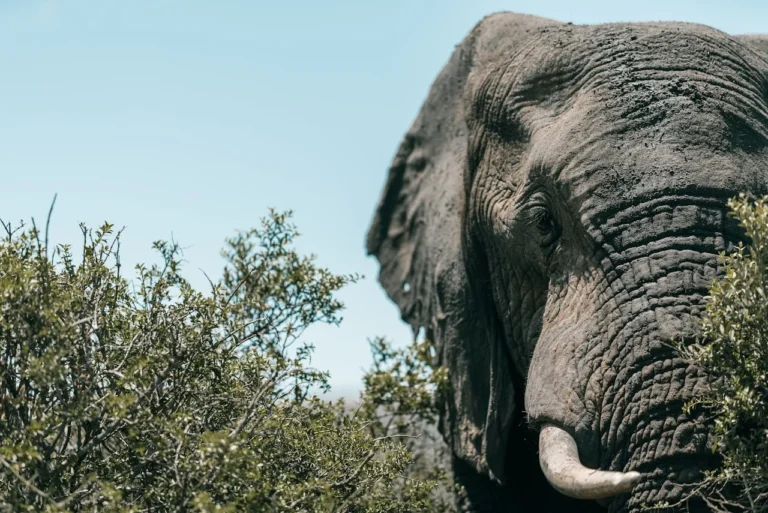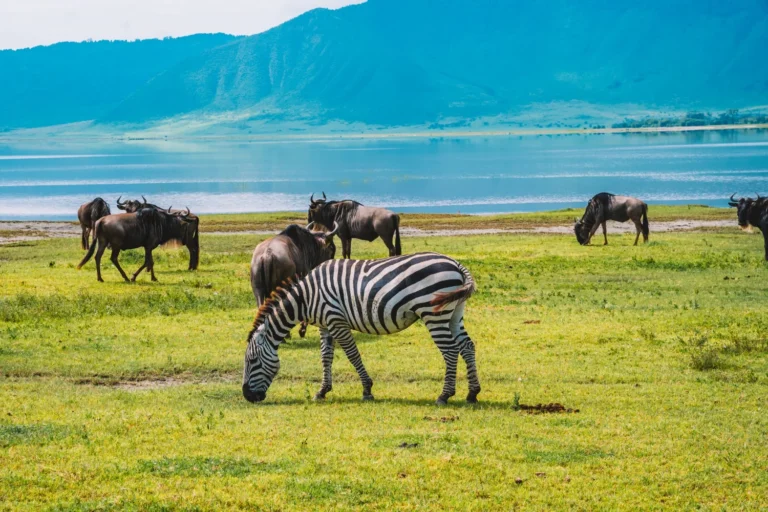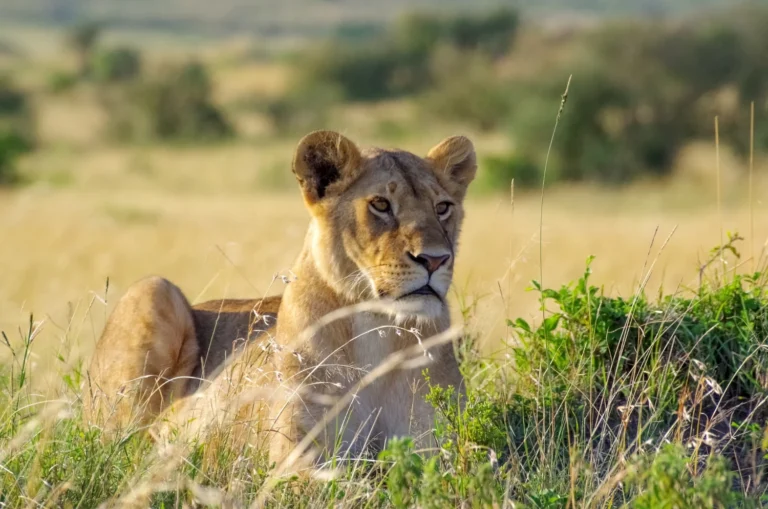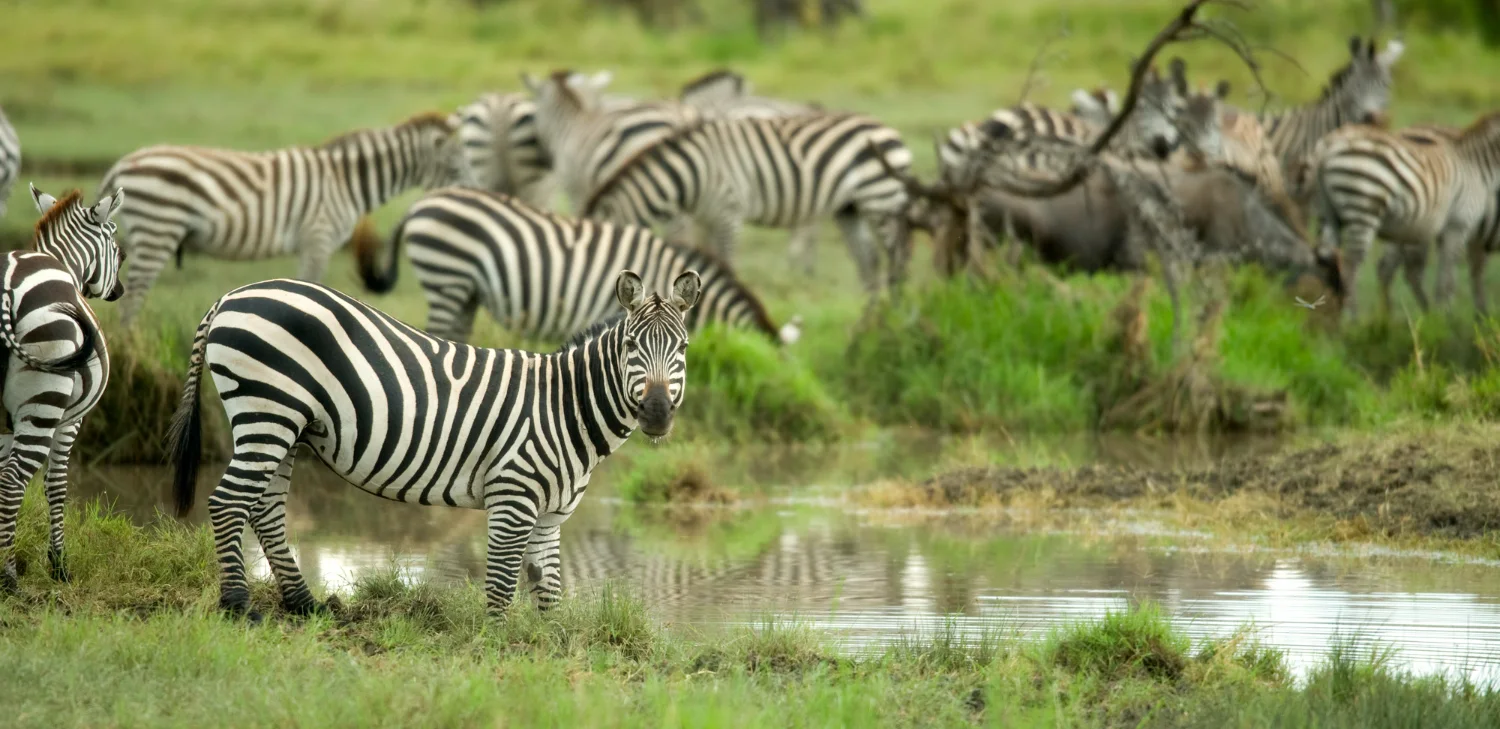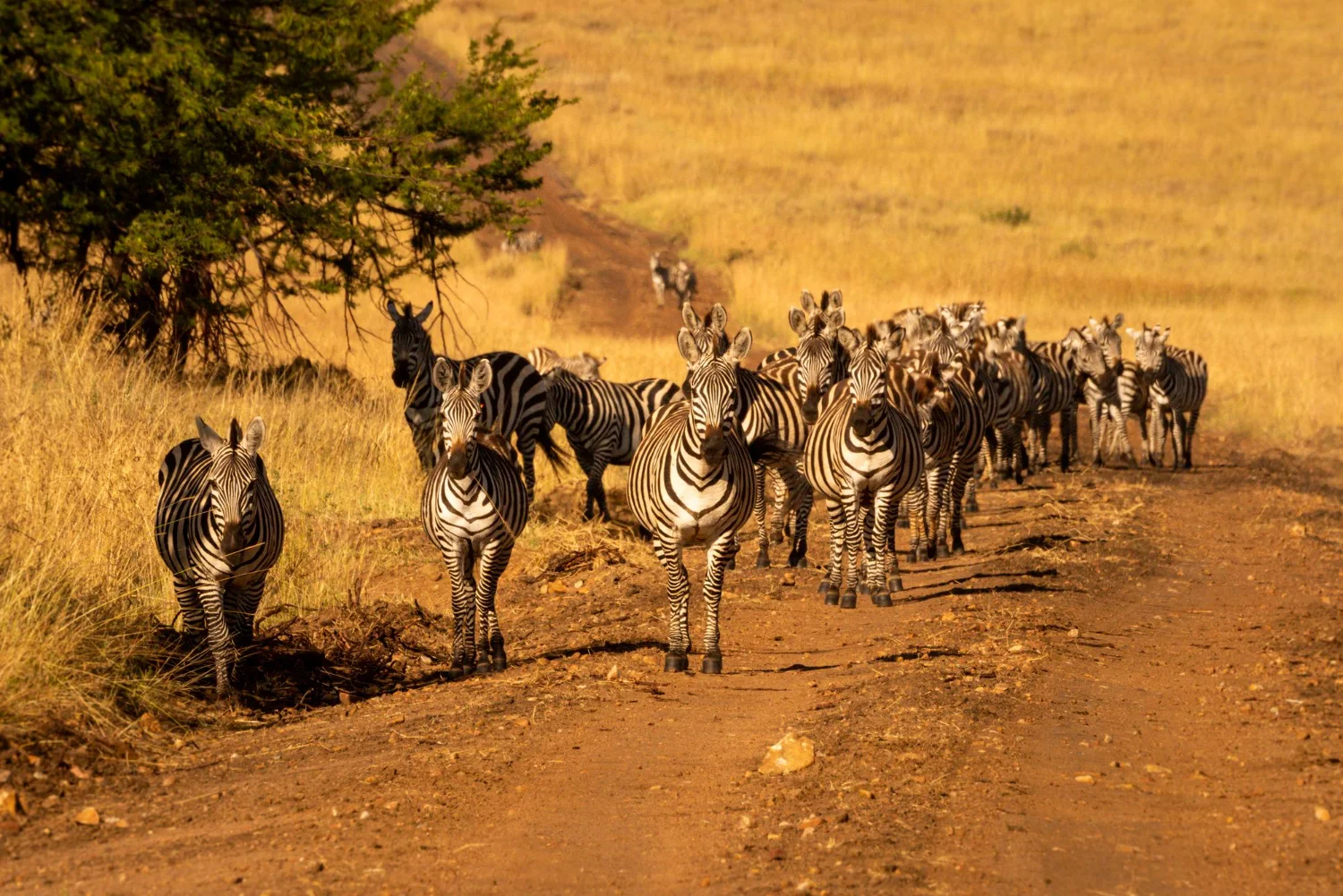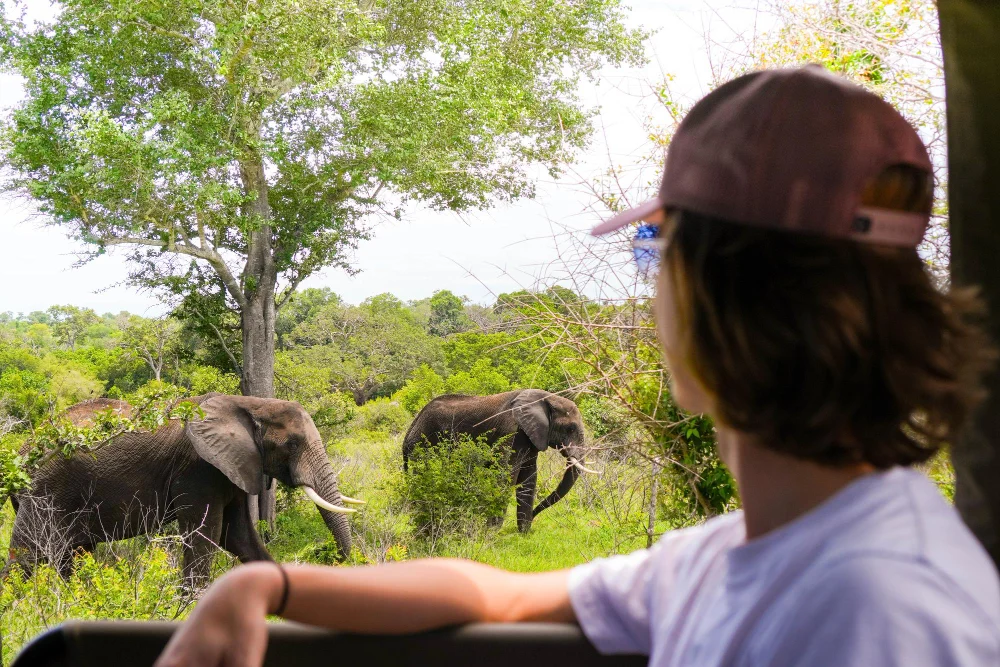Full Destination Details
Location & Landscape
The Ngorongoro Conservation Area is located in northern Tanzania, between the Serengeti and Lake Manyara. The centerpiece is the Ngorongoro Crater, a 260 sq km volcanic caldera with walls rising 600 meters high. The crater floor contains permanent water sources, including Lake Magadi, a shallow soda lake that attracts flamingos. Beyond the crater, the area includes:
- Empakaai Crater – A smaller, forested caldera with a deep blue lake
- Olduvai Gorge – The “Cradle of Mankind,” where early human fossils were found
- Gol Mountains – Remote hills where the Maasai graze their cattle
Why It’s Unique:
✔ Not a national park – People and wildlife coexist here
✔ One of the last places to see wild black rhinos in Tanzania
Highlights to Look for in Ngorongoro
Ngorongoro is often called “Africa’s Garden of Eden” because of its incredible animal density.
Big Five & More
- Lions – Over 60 live in the crater (some of the biggest manes in Africa!)
- Black Rhinos – One of the few places in Tanzania to see them
- Elephants – Mostly large bulls (females stay in the highlands)
- Buffalo & Hippos – Huge herds near swamps and lakes
- Hyenas & Cheetahs – Often seen hunting on the open plains
Birdlife (500+ Species!)
- Flamingos (seasonal at Lake Magadi)
- Kori bustards (heaviest flying bird in Africa)
- Secretary birds & eagles
Best Time to Visit
| Season | Pros | Cons |
|---|---|---|
| Dry (Jun-Oct) | Best for clear crater views | More crowded |
| Green (Nov-May) | Lush scenery, baby animals | Some rain; misty mornings |
Guide Tip: “June is perfect—fewer vehicles, great light for photos!” – Benson

